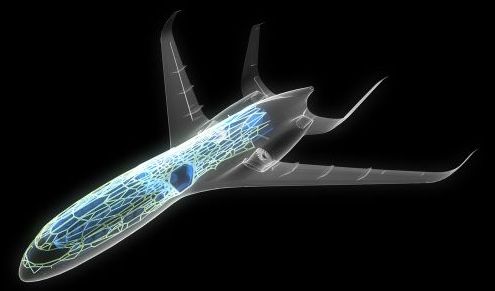Jun 7, 2016
Meet THOR—a Lightweight Mini-Plane Fresh out of the 3D Printer
Posted by Karen Hurst in categories: 3D printing, energy, transportation
Airbus introduces the aviation world to a mini-plane called THOR (Test of High-tech Objectives in Reality). It is the first aircraft to be produced using 3D printing technology.
Airbus, a leading aircraft manufacturer, has just unleashed THOR—Test of High-tech Objectives in Reality—a miniature aircraft constructed from 3D printing technology. The windowless, pilotless, and propeller-driven THOR weighs in at 21 kg, and measures less than 4 m long.
Though it is much smaller than a regular jet, THOR is capable of stable flight and even promises to save on time, fuel and money.
Continue reading “Meet THOR—a Lightweight Mini-Plane Fresh out of the 3D Printer” »


















